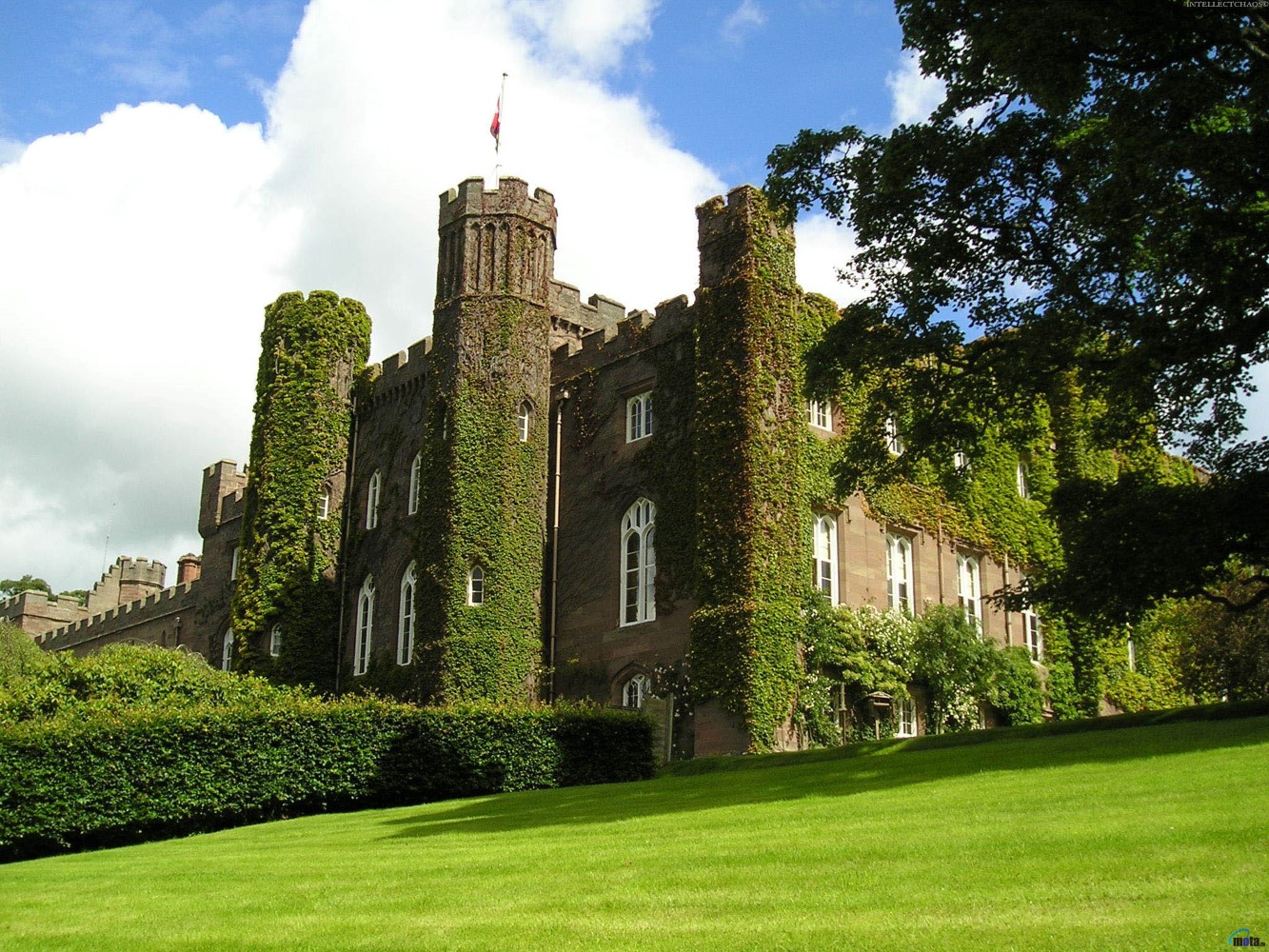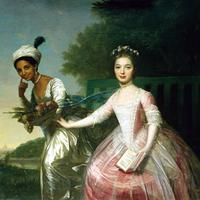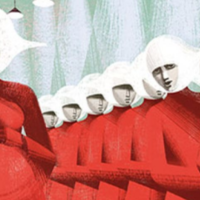More about Scone Palace
Works at Scone Palace

Sr. Contributor
For over a thousand years Scone has served as crowning-site of Scottish Kings, including Macbeth of legend.
In fact, “Scone” is the last word of Shakespeare’s play: “So, thanks to all at once, and to each one, whom we invite to see us crowned at Scone.” The estate has belonged to the clan of Murray for over 400 years, whose descendents still live here. The current Palace dates back to 1808.
In modern times, Scone Palace is open to commoners seeking the fine collection of art and artifacts, and an authentic taste of the daily life of Scottish nobility. Among the items featured are paintings by Joshua Reynolds and Allan Ramsay. Scone also houses the original portrait of Dido Elizabeth Belle and Lady Elizabeth Murray, now the subject of a major motion picture. Further artifacts include a bed hanging handcrafted by Mary Queen of Scotts.
As a guest of Scone, you join a history of prestigious visitors such as Queen Victoria and Prince Albert, who stayed here in 1842. See the longest room in Scotland, where the Royal Couple once watched a curling match.
If you fancy a little sport yourself, salmon fishing in the River Tay, shooting and deer stalking are all available in the park. Bleeding hearts who would rather enjoy animals than kill them can search for the rare albino peacocks that roam the grounds. As an added advantage for the tree-hugger set, the Palace boasts of being an eco-tourist destination for its nature preservation efforts…after all, you can’t shoot something if it goes extinct.
People of a certain means (you know who you are, you dirty one-percenters), can enjoy a 5-star stay. This unique luxury experience is a favorite of exclusive wedding parties and well-heeled honeymooners.
If you’re looking for more of a workingman’s entertainment, come to the annual Scone Palace Chilli Festival, complete with a super-hot chilli eating competition. The palace also features family-friendly fare like an Easter Sunday treasure hunt, and a Halloween Harry Potter costume contest. The hedge-maze is another family favorite, guaranteed with 100% less axe-wielding Jack Nicholson than the Stanley Hotel. Budget-minded visitors will also note family picnic grounds and free parking.
The Palace rooms are open to the public from April 1st to Halloween, but groups can request special tours in the winter season. The grounds are open free of charge from November through March. Don’t let the off-season scare you away. It’s the perfect time to enjoy a hot beverage in the Scone café while the kids play in the snow, or pop into the Christmas shop for some stocking-stuffers.
Featured Content
Here is what Wikipedia says about Scone Palace
Scone Palace /ˈskuːn/ is a Category A-listed historic house near the village of Scone and the city of Perth, Scotland. Ancestral seat of Earls of Mansfield, built in red sandstone with a castellated roof, it is an example of the Gothic Revival style in Scotland.
Scone was originally the site of an early Christian church, and later an Augustinian priory. Scone Abbey was severely damaged in 1559 during the Scottish Reformation after a mob whipped up by the famous reformer, John Knox, came to Scone from Dundee. Having survived the Reformation, the Abbey in 1600 became a secular Lordship (and home) within the parish of Scone, Scotland. The Palace has thus been home to the Earls of Mansfield for over 400 years. During the early 19th century the Palace was enlarged by the architect William Atkinson. In 1802, David William Murray, 3rd Earl of Mansfield, commissioned Atkinson to extend the Palace, recasting the late 16th-century Palace of Scone. The 3rd Earl tasked Atkinson with updating the old Palace whilst maintaining characteristics of the medieval Gothic abbey buildings it was built upon, with the majority of work finished by 1807.
The Palace and its grounds, which include a collection of fir trees and a star-shaped maze, are open to the public.
Check out the full Wikipedia article about Scone Palace















